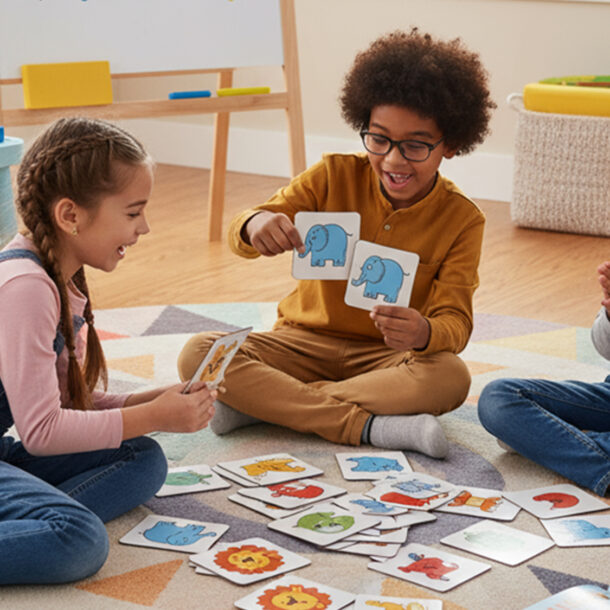
The Neuroscience of Learning: How Brains Grow Smarter in Multilingual Settings
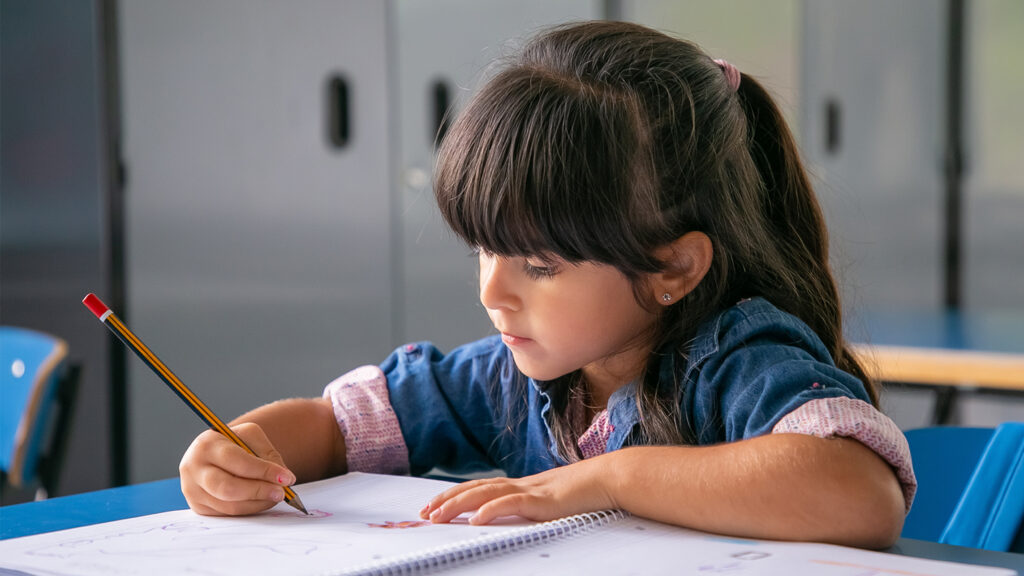
Introduction
In a time when borders disappear and voices mix, multilingualism is not just a novelty anymore; it is a necessity. At organisations like Sunbeam International School, Vellore, children are immersed in all kinds of languages, surrounded by classrooms with every workforce imaginable. But what lies beneath that aspect of multilingualism is much more than charming utterances in another dialect. Neuroscience has shown that learning languages changes how our minds are framed, producing better memory, more agile thinking, and greater resilience in the pathways of the brain.
The Brain’s Elastic Symphony
The brain, which is a wonder in itself, survives through a way called neuroplasticity, the brain’s own ability to change pathways. When a child dances between languages, drawing from one word while storing the other, the brain is not simply absorbing but actively “rewiring.” Research using MRI scans shows that multilingual individuals have higher grey matter density, particularly in the brain areas that regulate memory, attention, and reasoning. What does that mean? This is remarkable: every single new word is more than a learned experience. The brain creates an ever-stronger connection for sharper thinking, like building a bridge.
The Hidden Benefits of Multilingualism
Memories Made of Fire:
- Memories Made of Fire: Practicing juggling multiple vocabulary sets across languages works out the working memory like weightlifting works out neurons.
- Problem Solving Like Water: Bilingual students will often slip through obstacles as if the obstacles were not there; they will find the solutions from other positions as a result of manipulating existing knowledge.
Imagination Like Never Before: Introducing divergent cultural metaphors cultivates imagination and creates something new where there was nothing.
- Problem Solving Like Water: Bilingual students will often slip through obstacles as if the obstacles were not there; they will find the solutions from other positions as a result of manipulating existing knowledge.
Multilingualism as Mental Calisthenics
Imagine a student standing at a crossroad of words – choosing whether to utter “apple,” “pomme,” or “seb.” That very decision forces the executive control system to awaken, sifting, discarding, and selecting with precision. This constant rehearsal strengthens planning, decision-making, and self-regulation, skills that ripple into mathematics, music, and critical inquiry. It is as though language study trains the brain for every other intellectual pursuit.
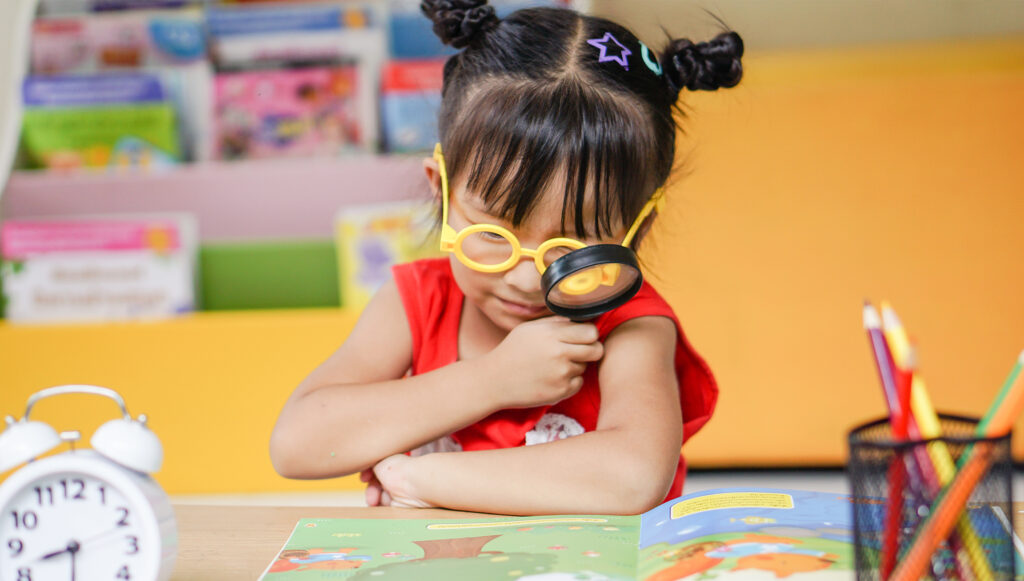
Emotional and Social Alchemy
To learn languages is also to expand the heart. Neuroscientists have determined that exposure to different languages lights up parts of the brain associated with feeling empathy and emotional regulation. In a multilingual classroom, a child is not learning different parts of a speech; they are learning to see the world through another person’s eyes. This type of learning helps to transform students into empathic cosmopolitans who can move comfortably in and out of cultures and identities at Sunbeam International School.
Lifelong Shields Against Decline
The brain-based benefits from being multilingual continue well past the school day. Specifically, decades of research indicate that bilingual and multilingual people have a more solid cognitive reserve, a mental cushion that delays the shadows of dementia and Alzheimer’s. Each new language learnt as a child is like a savings account deposit of resilience – an investment that pays off when we’re older.
Classrooms as Living Laboratories
The diverse classrooms of SBIS Vellore are crucibles of innovation, places where cultural voices blend into intellectual harmony. Neuroscience suggests that such environments amplify higher-order thinking, sparking collaboration, interpretation, and creativity. These spaces are not merely academic – they are incubators for tomorrow’s leaders, scientists, and visionaries.
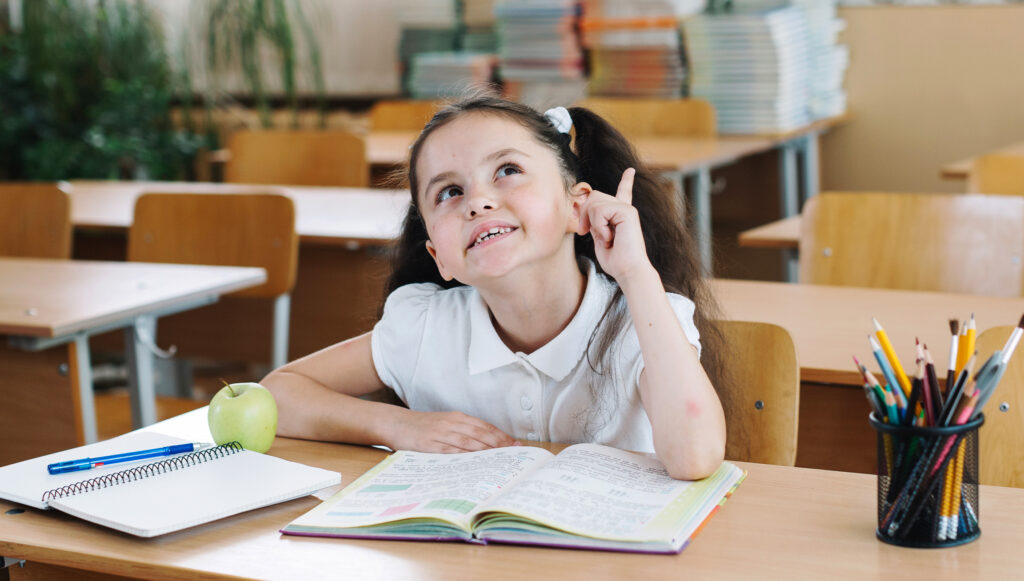
Guidance for Parents
Parents stand as the guardians of this multilingual journey. Their support can transform school lessons into lifelong fluency.
Enrich the Home with Language:
Surround children with books, songs, and films in varied tongues.
Rituals of Consistency:
Assign times or places for practising different languages.
Conversations as Bridges:
Encourage playful dialogues, letting languages intermingle naturally.
Celebrate Imperfection:
Errors are stepping stones; each slip signals growth.
Partnership with Teachers:
Extend school programmes into daily life, weaving language into every corner of experience.
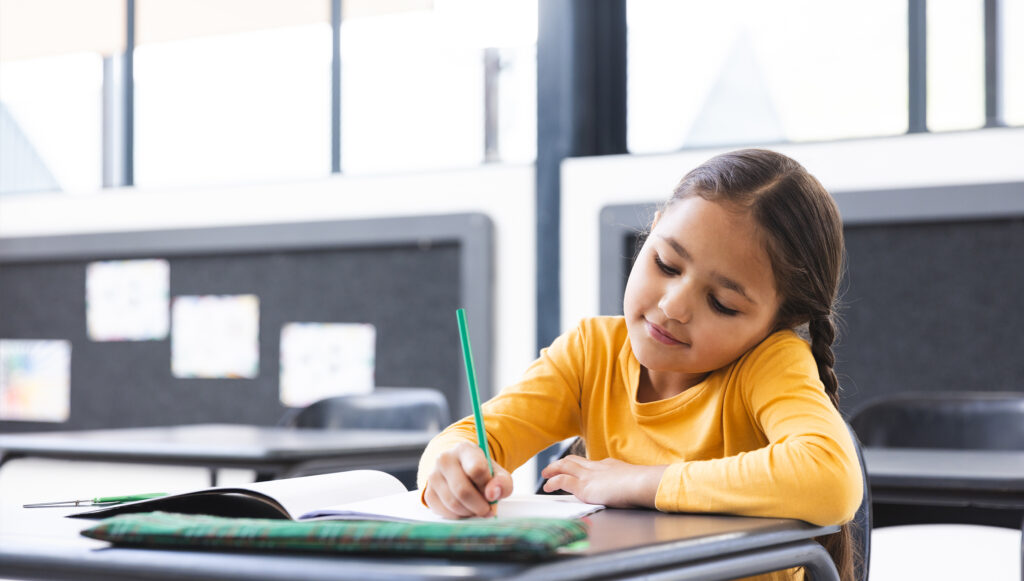
The Dopamine Dance
Motivation is the ignition for every type of learning. In neuroscientific terms, motivation is connected with dopamine, the neurotransmitter of reward and focus. When learners become emotionally connected with a language (with music, stories, or the connection of friends), dopamine is released in their brains and deepens the connection to the words. This is the reason international schools integrate culture and stories into their learning so that language learning is not viewed as mechanical but rather as meaningful.
Conclusion
There is clear evidence: multilingual learning shapes sharper, more creative ideas and more caring ideas, and shields against deterioration. At Sunbeam International School, Vellore, this evidence is manifested in organised daily practice, where children are prepared as not just learners but as humane, worldly citizens. To teach a language is more than to teach words – it is to shape the mind, build resilience, and develop a brain that flourishes throughout life.


